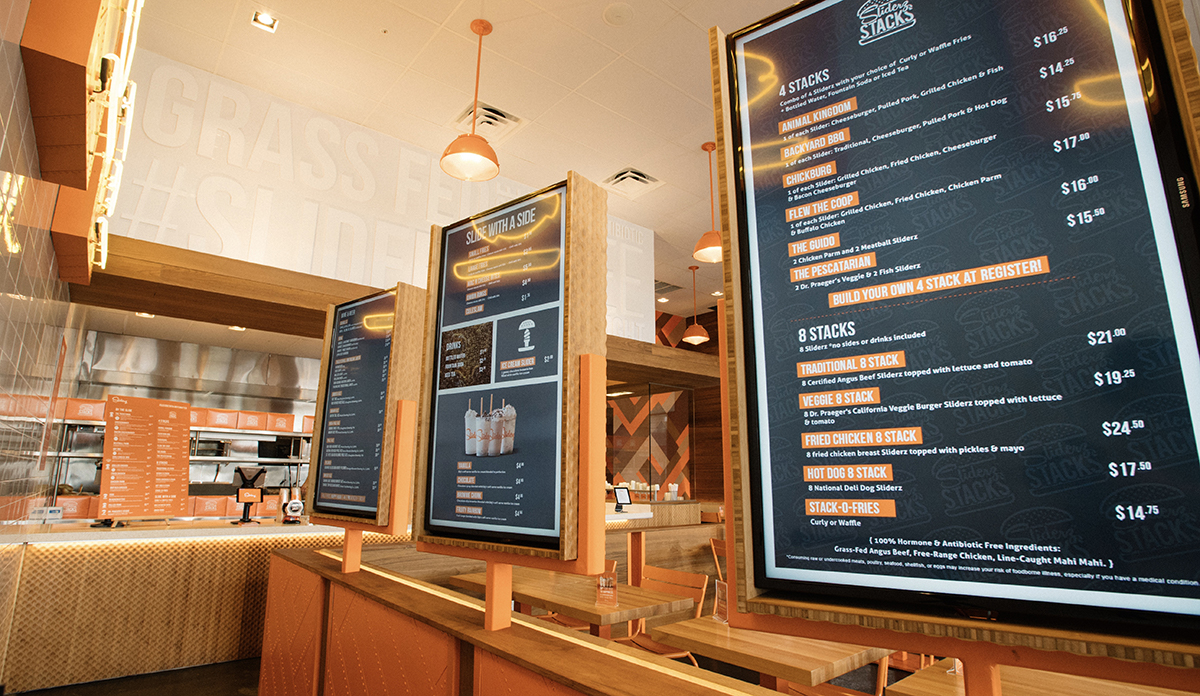Call Sales: +1 (833) 437-3835
Call Sales: +1 (833) 437-3835
Kelly Hogan | April 28, 2023 |

There is extensive research on consumer buying patterns, and how certain pricing methods can influence people’s perception of value. A number of moving parts factor into how people evaluate prices, and much of that decision-making is subconscious. Many businesses utilize psychological pricing strategies to influence buying behavior.
Psychological pricing is the practice of setting prices slightly lower than a whole number. One belief is that people pay more attention to the numbers farther left than right and ultimately perceive the price lower than it really is.
We’ll provide a psychological pricing example to help illustrate the concept: the practice is in use if a restaurateur sets the value of a menu item at $19.99 vs. $20. People associate the price of the listed item as 19 dollars versus 20 dollars, even though the actual value is closer to 20 dollars. The psychological pricing philosophy is that, in making the item appear cheaper than it is, the item will be more appealing to buy.
In this article, we gathered research, and outlined six ways to use psychology in your pricing strategies.
Removing dollar signs from your menu can actually help increase sales and influence buying behavior. A Cornell study published in the International Journal of Hospitality Management found that at an “upscale-casual” restaurant, diners spend 8% more on average — an increase of $5.50 per bill — when the dollar sign is excluded from menu prices.
Psychologically, many people associate dollar signs with a negative connotation. When you remove the dollar sign, guests focus less on the price and more on the item or experience being offered. This pricing tactic helps make the price more subtle while still communicating the cost.
Across verticals, prices often end in “9.” This concept is a widely adopted pricing strategy. Characterized as “the power of 9,” or “charm pricing,” researchers have put this theory to the test.
Researcher William Poundstone found that on average, charm prices increased sales by 24% compared to prices ending in rounded numbers. In fact, to the researcher’s surprise, when women’s clothing items were tested at the prices of $34, $39, and $44, the item that sold best was the one priced at $39.
Many businesses use flat rate pricing plans. This is an approach in which a merchant charges a set price for a service, regardless of how long it takes to complete the job.
The philosophy here is that flat rate pricing is predictable, meaning there are no surprise costs at any point in the buying process.
For example, a lot of restaurants do Valentine's dinners at a flat rate. Even though diners may spend more with that flat rate, many people feel they are getting a deal and feel better about paying an upfront fee because it feels more stable than guessing what the bill will be at the end of the meal.
This is touted as one of the most effective pricing strategies. It is used to directly contrast one price against another. By having two similar products with drastically different price points, the higher priced product will be seen as “premium.”
A famous case study by The Wall Street Journal explores comparison pricing for the Williams-Sonoma bread maker. In the study, the brand introduced a bread maker for $275 and saw virtually no sales. In response, the retailer introduced a slightly better model for $415. This tactic is dubbed the “decoy effect,” which uses one model to anchor the perceptions of another model.
After introducing this higher priced model, sales for the $275 model skyrocketed.
Product vs. price works as it sounds. One group of customers is presented with a product before the price is revealed, and compared to a group that views a price in advance of the product.
When shoppers preview the product first, their purchase decision is often informed by the product qualities. The question they consider is, “do I like this product?”
Conversely, when customers are exposed to price first, the shoppers are more likely to base their purchase decision on economic value, begging the question “is this product worth it?”
There are different situations where either of these approaches can work well. If the product in question is at a low price point, you want shoppers to base their decision on the value they are getting.
However, for higher priced products, you want shoppers to base their decision on the quality of the product.
NeuroScience Marketing highlights a great example of this pricing approach considering the quality and design of luxury watches, and takes the user through multiple touch points before they can view the price to better influence buying behavior.
This pricing model can best be played out for quick service establishments or fast casual restaurants, and is often the approach for online orders. The idea is that having customers pay prior to receiving the product reduces the pain of paying.
Customers finish the payment in advance of receiving their purchased goods or services, looking forward to receiving them, and their lasting impression is that of enjoying the product, not having to pay for it.
Pricing strategies can be very effective when building out menus or retail prices. If done correctly, you can influence buying decisions and increase revenue across your business.
Different psychological pricing strategies have been studied for decades and backed by professionals in the industry. Many of these pricing methods are very simple to implement. Give it a try and see how your business can better influence your consumers’ buying behaviors!